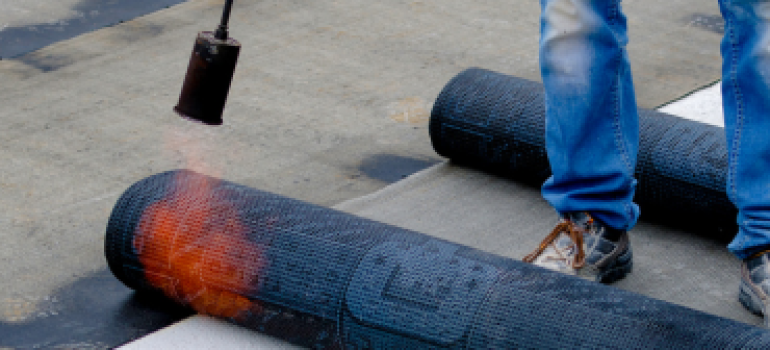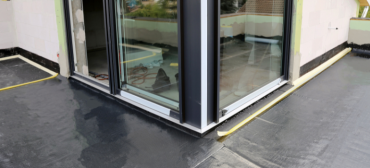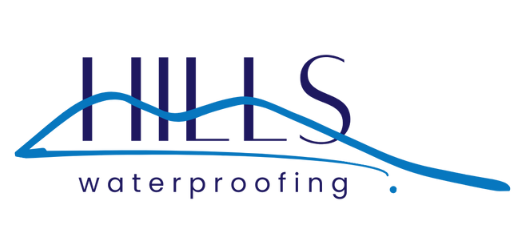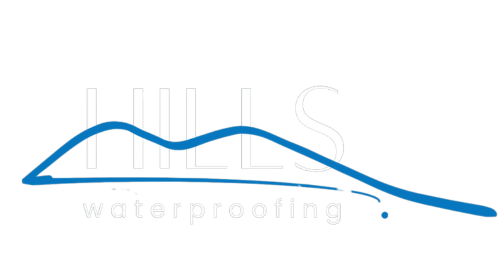- Hills Waterproofing
- Waterproofing Membrace Sydney
Waterproofing Membrace Sydney

Waterproofing Membrane Sydney
A waterproofing membrane Sydney is essential in construction, acting as a barrier to prevent water infiltration and protect structures from damage. These membranes come in various forms, including sheet-based, liquid-applied, and cementitious types, each offering unique benefits. They are used in areas like bathrooms, kitchens, balconies, rooftops, and basements to prevent water seepage and damage. Waterproofing membrane Sydney are durable, extend the lifespan of buildings, and help prevent mold growth, contributing to a healthier environment.
Proper installation and maintenance are crucial for their effectiveness. They are versatile and suitable for residential, commercial, and industrial applications, making them indispensable in modern construction practices.
What Are The Benifits of Waterproofing Membrane Sydney
Waterproofing membrane Sydney extend the lifespan of buildings by preventing water damage, reduce the risk of mold growth, and enhance energy efficiency by maintaining consistent indoor temperatures.
- Protects structures from water damage, increasing their longevity
- Reduces health risks and structural damage caused by mold.
- Helps maintain stable indoor temperatures by preventing moisture ingress.
- Suitable for a wide range of applications in residential, commercial, and industrial settings.


Waterproofing membrane Sydney are also critical in preventing water damage to sensitive areas like swimming pools and water features, ensuring that water stays contained. They can be tailored to different environments, offering customizable solutions for unique construction challenges.
The membranes are designed to be easy to install and maintain, making them a cost-effective choice for builders and homeowners alike. Additionally, their use can enhance property value by providing an extra layer of protection and peace of mind. In essence, waterproofing membranes are a vital investment for the long-term preservation and functionality of any building.
Any questions? We're here to help
What are the different types of waterproofing membranes available?
There are primarily three types of waterproofing membranes: sheet-based membranes, liquid-applied membranes, and cementitious waterproofing. Sheet-based membranes are pre-formed sheets made from materials like bitumen, PVC, or EPDM rubber. Liquid-applied membranes are coatings that can be applied with a brush, roller, or spray, forming a seamless barrier once cured. Cementitious waterproofing involves cement-based materials, commonly used for water tanks and concrete structures.
How long do waterproofing membranes last?
The lifespan of a waterproofing membrane can vary depending on the type of membrane used, the quality of installation, and the environmental conditions it is exposed to. Generally, sheet-based and liquid-applied membranes can last 10 to 20 years, or even longer with proper maintenance. Regular inspections and timely repairs can significantly extend their durability.
Can waterproofing membranes be applied to existing structures?
Yes, waterproofing membranes can be applied to both new and existing structures. For existing buildings, the surface must be properly prepared, which includes cleaning and priming, to ensure strong adhesion of the membrane. It is essential to address any existing water damage or structural issues before applying the waterproofing membrane for optimal effectiveness.

